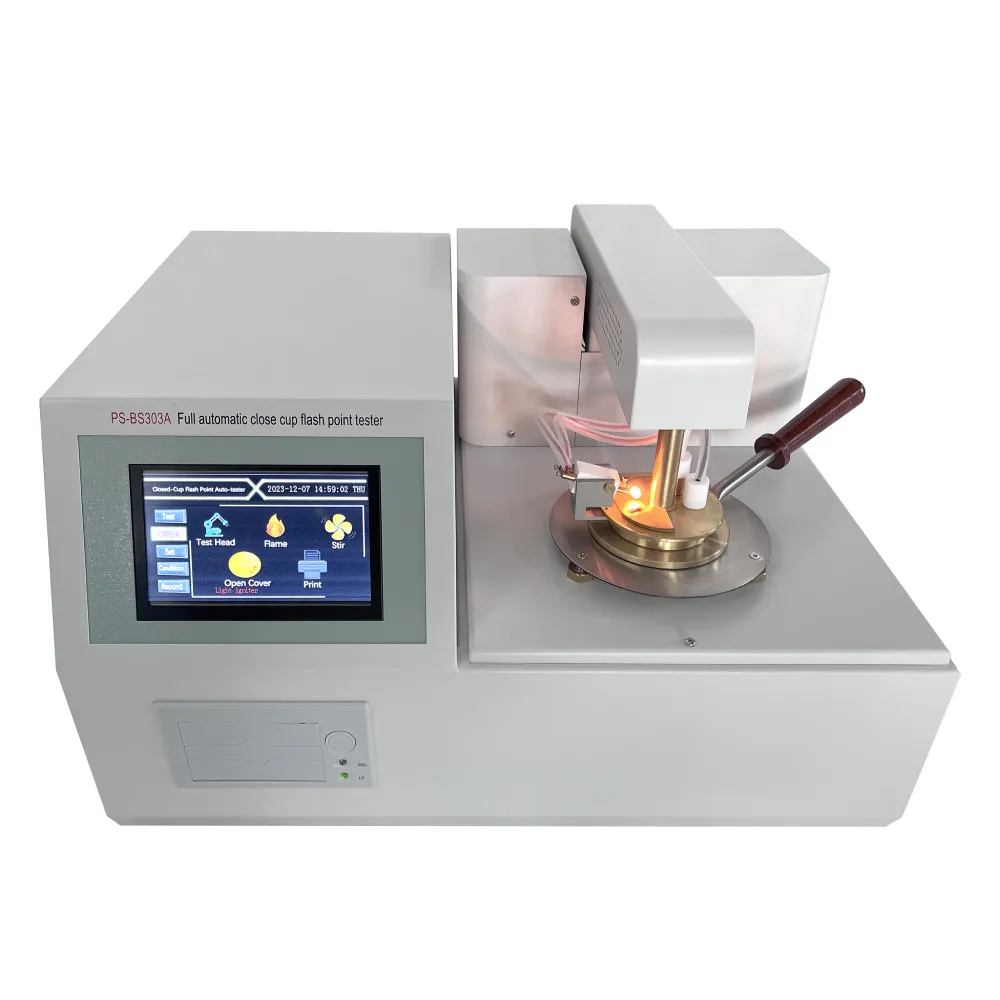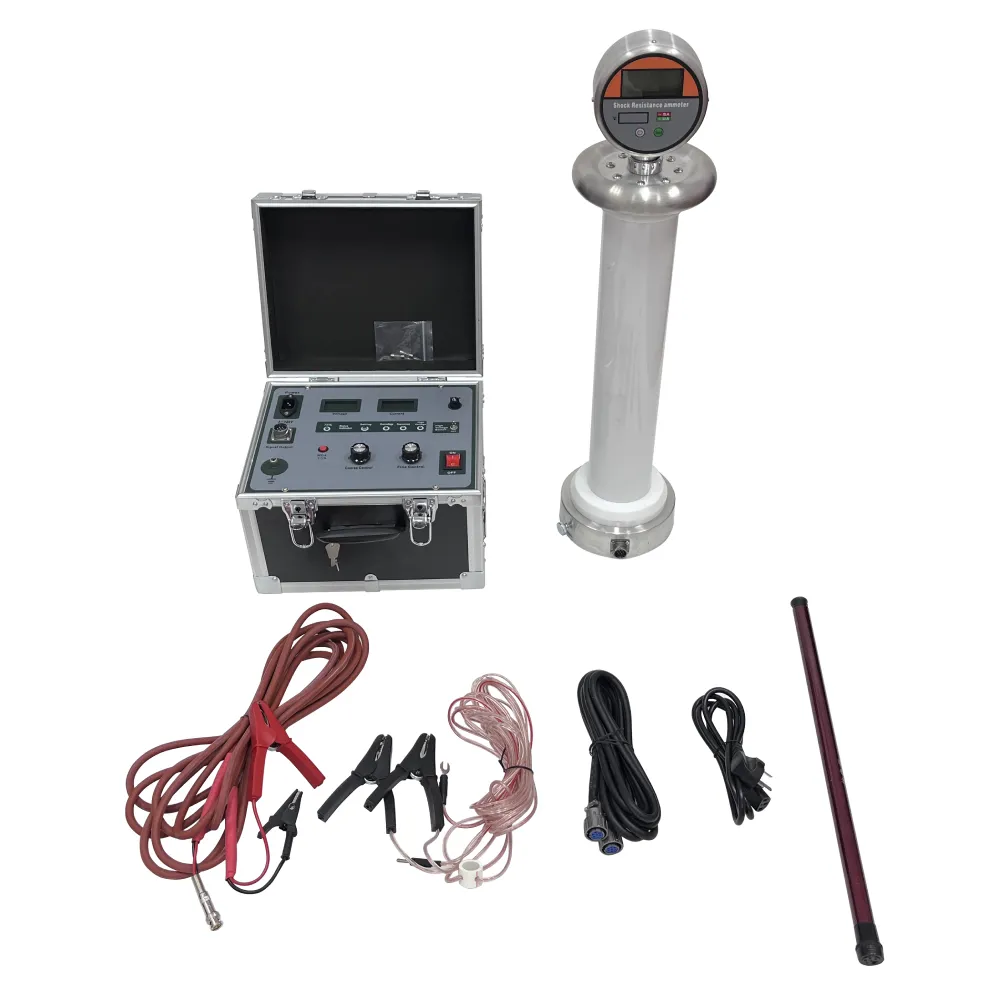TEL:
+86-0312-3189593
 English
English

Telephone:0312-3189593

Email:sales@oil-tester.com

-
 Afrikaans
Afrikaans -
 Albanian
Albanian -
 Amharic
Amharic -
 Arabic
Arabic -
 Armenian
Armenian -
 Azerbaijani
Azerbaijani -
 Basque
Basque -
 Belarusian
Belarusian -
 Bengali
Bengali -
 Bosnian
Bosnian -
 Bulgarian
Bulgarian -
 Catalan
Catalan -
 Cebuano
Cebuano -
 China
China -
 China (Taiwan)
China (Taiwan) -
 Corsican
Corsican -
 Croatian
Croatian -
 Czech
Czech -
 Danish
Danish -
 Dutch
Dutch -
 English
English -
 Esperanto
Esperanto -
 Estonian
Estonian -
 Finnish
Finnish -
 French
French -
 Frisian
Frisian -
 Galician
Galician -
 Georgian
Georgian -
 German
German -
 Greek
Greek -
 Gujarati
Gujarati -
 Haitian Creole
Haitian Creole -
 hausa
hausa -
 hawaiian
hawaiian -
 Hebrew
Hebrew -
 Hindi
Hindi -
 Miao
Miao -
 Hungarian
Hungarian -
 Icelandic
Icelandic -
 igbo
igbo -
 Indonesian
Indonesian -
 irish
irish -
 Italian
Italian -
 Japanese
Japanese -
 Javanese
Javanese -
 Kannada
Kannada -
 kazakh
kazakh -
 Khmer
Khmer -
 Rwandese
Rwandese -
 Korean
Korean -
 Kurdish
Kurdish -
 Kyrgyz
Kyrgyz -
 Lao
Lao -
 Latin
Latin -
 Latvian
Latvian -
 Lithuanian
Lithuanian -
 Luxembourgish
Luxembourgish -
 Macedonian
Macedonian -
 Malgashi
Malgashi -
 Malay
Malay -
 Malayalam
Malayalam -
 Maltese
Maltese -
 Maori
Maori -
 Marathi
Marathi -
 Mongolian
Mongolian -
 Myanmar
Myanmar -
 Nepali
Nepali -
 Norwegian
Norwegian -
 Norwegian
Norwegian -
 Occitan
Occitan -
 Pashto
Pashto -
 Persian
Persian -
 Polish
Polish -
 Portuguese
Portuguese -
 Punjabi
Punjabi -
 Romanian
Romanian -
 Russian
Russian -
 Samoan
Samoan -
 Scottish Gaelic
Scottish Gaelic -
 Serbian
Serbian -
 Sesotho
Sesotho -
 Shona
Shona -
 Sindhi
Sindhi -
 Sinhala
Sinhala -
 Slovak
Slovak -
 Slovenian
Slovenian -
 Somali
Somali -
 Spanish
Spanish -
 Sundanese
Sundanese -
 Swahili
Swahili -
 Swedish
Swedish -
 Tagalog
Tagalog -
 Tajik
Tajik -
 Tamil
Tamil -
 Tatar
Tatar -
 Telugu
Telugu -
 Thai
Thai -
 Turkish
Turkish -
 Turkmen
Turkmen -
 Ukrainian
Ukrainian -
 Urdu
Urdu -
 Uighur
Uighur -
 Uzbek
Uzbek -
 Vietnamese
Vietnamese -
 Welsh
Welsh -
 Bantu
Bantu -
 Yiddish
Yiddish -
 Yoruba
Yoruba -
 Zulu
Zulu
lut . 11, 2025 12:26
Back to list
pre commissioning test of transformer pdf
Understanding the importance of pre-commissioning tests for transformers is critical for ensuring long-term operational stability and safety in electrical systems. As a vital component in electrical infrastructure, transformers must undergo rigorous testing before they are fully commissioned to avoid potential failures and inefficiencies. This article dives into the critical pre-commissioning tests of transformers, providing insights guided by practical experience, professional expertise, authoritative guidelines, and unmatched credibility.
Winding resistance measurement is also pivotal. It provides assurance that current will evenly distribute through the windings, minimizing losses and heat production. This test highlights issues such as poor conductor connections or contact problems in tap changers, which are often resolved through skilled interventions by experienced technicians before the transformer is energized. Visual inspections, while seemingly basic, play a significant role as well. They offer insights into mechanical damage, ensuring that no apparent blockages or debris could impair performance. These inspections, when combined with comprehensive testing, greatly enhance the overall trustworthiness of the transformer when it is finally brought online. Each of these tests requires a meticulous approach and should be documented meticulously, following established international standards such as IEC or IEEE. Such thorough documentation not only ensures compliance but also becomes a valuable resource for future reference, maintenance, and troubleshooting activities. To sum up, pre-commissioning tests of transformers are indispensable for securing operational longevity and reliability. By channeling a blend of experience from seasoned professionals, leveraging high-level expertise, adhering to authoritative standards, and fostering trust through rigorous testing protocols, these practices ensure transformers operate proficiently and securely within their designed parameters. Engaging with these processes not only enhances the lifespan and reliability of transformers but also contributes to broader system efficiency and safety. Organizations that prioritize these protocols demonstrate a commitment to excellence, operational efficiency, and stakeholder trust, setting a benchmark for industry best practices.


Winding resistance measurement is also pivotal. It provides assurance that current will evenly distribute through the windings, minimizing losses and heat production. This test highlights issues such as poor conductor connections or contact problems in tap changers, which are often resolved through skilled interventions by experienced technicians before the transformer is energized. Visual inspections, while seemingly basic, play a significant role as well. They offer insights into mechanical damage, ensuring that no apparent blockages or debris could impair performance. These inspections, when combined with comprehensive testing, greatly enhance the overall trustworthiness of the transformer when it is finally brought online. Each of these tests requires a meticulous approach and should be documented meticulously, following established international standards such as IEC or IEEE. Such thorough documentation not only ensures compliance but also becomes a valuable resource for future reference, maintenance, and troubleshooting activities. To sum up, pre-commissioning tests of transformers are indispensable for securing operational longevity and reliability. By channeling a blend of experience from seasoned professionals, leveraging high-level expertise, adhering to authoritative standards, and fostering trust through rigorous testing protocols, these practices ensure transformers operate proficiently and securely within their designed parameters. Engaging with these processes not only enhances the lifespan and reliability of transformers but also contributes to broader system efficiency and safety. Organizations that prioritize these protocols demonstrate a commitment to excellence, operational efficiency, and stakeholder trust, setting a benchmark for industry best practices.
Previous:
Latest news
-
Testing Equipment Industry Sees Major Advancements in 2025: Smart & Precision Technologies Lead the WayNewsJun.06,2025
-
Applications of Direct Current Generators in Renewable Energy SystemsNewsJun.05,2025
-
Hipot Tester Calibration and Accuracy GuidelinesNewsJun.05,2025
-
Digital Circuit Breaker Analyzer Features and BenefitsNewsJun.05,2025
-
Benefits of Real-Time Power Quality Monitoring Devices for Industrial EfficiencyNewsJun.05,2025
-
Earth Fault Loop Testing in High-Rise Building Electrical SystemsNewsJun.05,2025



